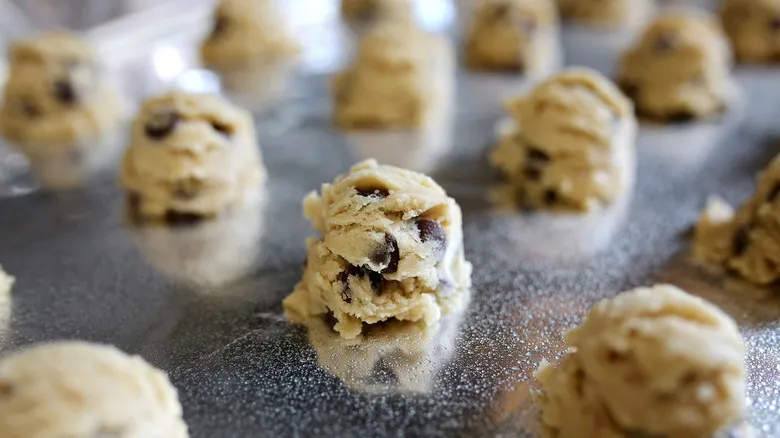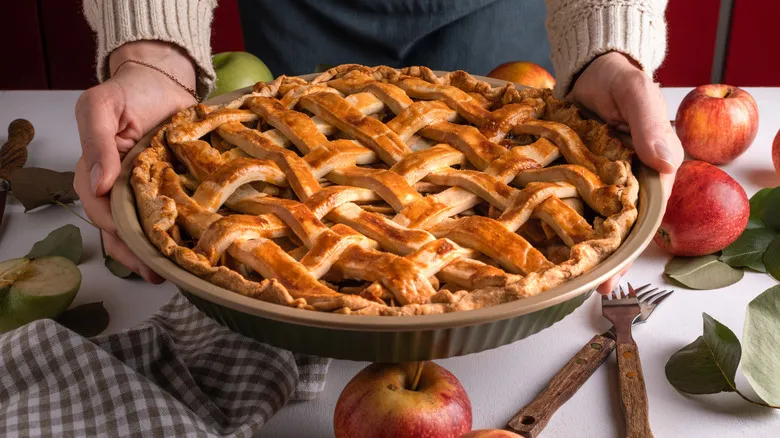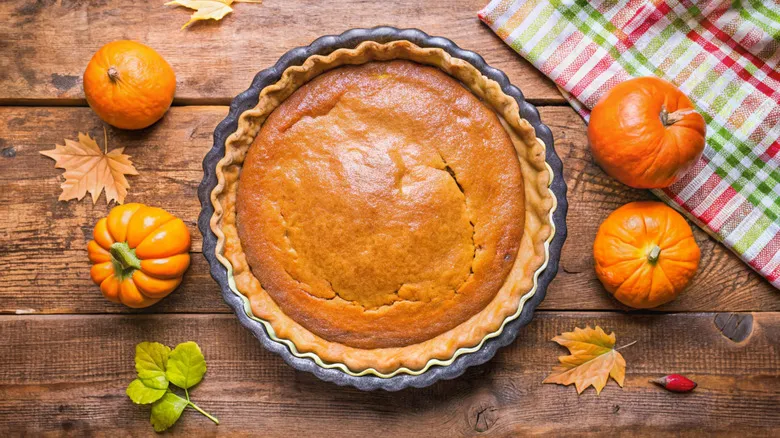What does banging your sheet pan do to cookies?

Sarah Kieffer's pan-slamming technique encourages cookies to puff slightly and spread, resulting in a final product with multiple layers of texture. The dough loses some air, which helps avoid a dense center, while the edges flatten into crispy ripples, creating that delightful chewy chocolate chip cookie core. Other elements can also influence the outcome of these wrinkled cookies. Freezing the dough is a crucial step that prevents excessive spreading, and using a pan lined with aluminum foil yields particularly crunchy cookies.
In Kieffer's recipe, she recommends dropping the pan at intervals every few minutes. However, she isn't the first baker to purposefully bang a sheet pan. Before Kieffer's cookies gained fame on social media, other desserts employed a slightly different pan-banging technique. For instance, even the most delicate and luxurious macarons are dropped on their sheet pan a few times after being piped and before baking to remove any trapped air bubbles in the batter. While the final textures differ significantly, both methods help the baker encourage the dough or batter to spread without physically touching it, which could leave marks or dents. Additionally, dropping freshly baked cakes can lead to a smooth, bubble-free finish. So, the next time you want to add some excitement to your kitchen, don’t hesitate to make some noise with your pots and pans!
Recommended

The Pizza Tool That Makes Soggy Bottom Pies A Thing Of The Past

Bread Pudding Gets An Autumn Upgrade With One Simple Swap

Pumpkin Pie Is Great, But Caramel Makes It Even Better

Gingerbread Men Cookies Date Back To The Time Of Shakespeare
Next up

